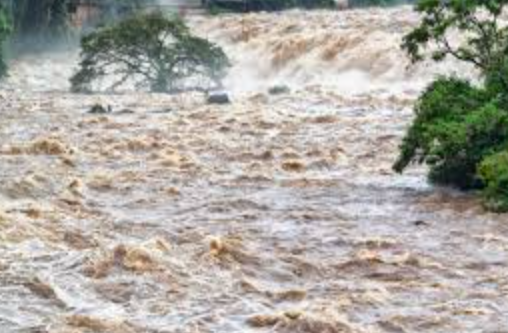Flash floods triggered by intense cloudbursts have left more than 280 people dead across India and Pakistan within 24 hours, with authorities warning that the toll is likely to rise as dozens remain missing and entire communities cut off.
In Pakistan’s northwestern Bajaur district, tragedy deepened when a military helicopter ferrying relief supplies to flood-hit villages crashed in poor weather, killing all five personnel on board, including two pilots.
In India-controlled Kashmir, the remote village of Chositi in Kishtwar district was devastated by sudden floods and landslides following a powerful cloudburst. At least 60 residents lost their lives, while 80 others remain unaccounted for.
Hundreds of Hindu pilgrims visiting a 3,000-metre shrine were caught in the surging waters, with a community kitchen serving over 200 pilgrims destroyed, vehicles swept away, and homes flattened.
Rescue operations remain challenging. Teams are using makeshift bridges and heavy machinery to clear boulders and debris, while locals join emergency crews in recovering bodies. More than 50 injured victims are currently receiving treatment in hospitals.
Pakistan’s Buner district alone reported at least 157 deaths on Friday. Many of the victims were trapped in collapsed homes and submerged villages, according to provincial emergency service spokesperson Mohammad Suhail.
Since June 26, rain-related incidents have killed at least 556 people nationwide, with rescue workers saving 1,300 stranded tourists in Khyber Pakhtunkhwa’s Siran Valley and evacuating nearly 2,000 others from mountain resorts.
Authorities in both countries have declared a state of emergency and issued fresh warnings for floods and landslides as meteorological agencies forecast more heavy rains in the coming days.
Experts warn that climate change is exacerbating extreme rainfall events in South Asia. A recent World Weather Attribution study found that Pakistan’s rainfall between June 24 and July 23 was 10–15% heavier due to global warming, significantly increasing the risk of catastrophic flooding in mountainous regions where unplanned development compounds the devastation.
Rescue and relief efforts continue under dangerous conditions as officials urge residents and travellers to avoid high-risk areas.








